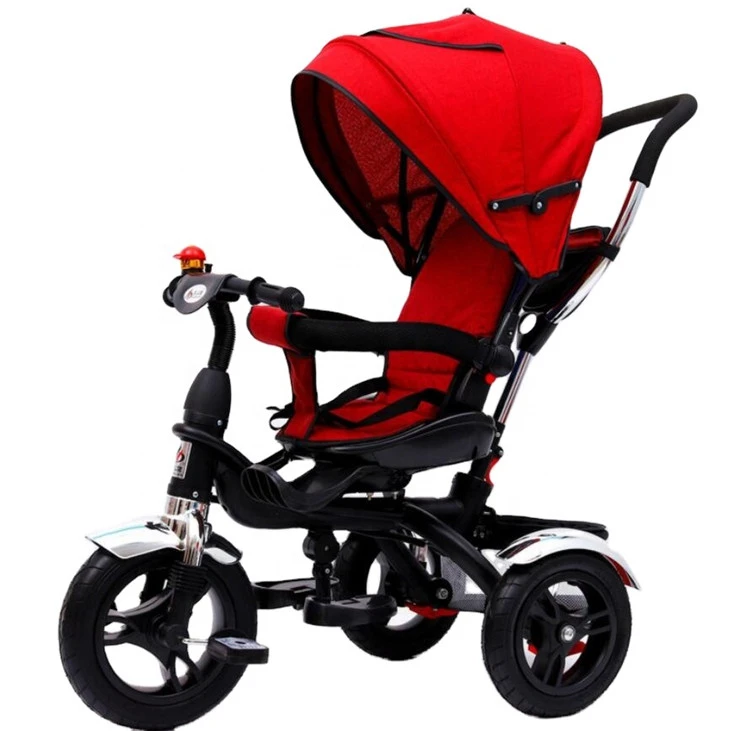mountain bike choose
Choosing the Right Mountain Bike A Comprehensive Guide
Mountain biking is more than just a sport; it's a lifestyle that connects enthusiasts with nature while offering a thrilling experience. Whether you're a seasoned rider or a novice looking to venture into the world of mountain biking, selecting the right bike is crucial. With various types, features, and brands on the market, choosing the right mountain bike can be overwhelming. This guide will walk you through the essential factors to consider, ensuring you make an informed choice that meets your riding style and preferences.
1. Understand the Different Types of Mountain Bikes
Mountain bikes are primarily categorized into three types hardtail, full-suspension, and rigid.
- Hardtail Mountain Bikes These bikes feature a front suspension and a solid rear frame, making them lightweight and efficient for climbing. They are ideal for cross-country trails and more straightforward terrains where agility and speed are crucial. - Full-Suspension Mountain Bikes Equipped with both front and rear suspension, these bikes provide better shock absorption and stability on rough trails. They are perfect for downhill and technical terrains, allowing riders to tackle obstacles with confidence. However, they tend to be heavier and require more maintenance. - Rigid Mountain Bikes These bikes lack any kind of suspension, offering a direct connection to the terrain. They are less common but can be suitable for urban riding or smooth paths.
2. Determine the Right Frame Size
Finding the right frame size is paramount for comfort and control. A bike that is too small will feel cramped, while one that is too large can be difficult to maneuver. Most manufacturers provide size charts based on your height and inseam measurements. Stand over the top tube to ensure there's adequate clearance—a 2 to 4-inch gap is generally recommended for optimal safety and performance.
3. Choose the Appropriate Wheel Size
Mountain bikes typically come with three wheel sizes 26-inch, 27
.5-inch, and 29-inch.- 26-inch Wheels While less common nowadays, these wheels are agile and easier to control, making them suitable for technical trails. - 27.5-inch Wheels This size strikes a balance between agility and stability, making it a versatile choice for a range of terrains. - 29-inch Wheels These larger wheels roll over obstacles more easily and provide better traction, which enhances stability on rough terrains. However, they can be less maneuverable in tight spaces.
mountain bike choose

4. Suspension Type What to Consider
When it comes to suspension, you have two main options air and coil.
- Air Suspension These systems are often lighter and adjustable, allowing you to modify the bike's feel based on your weight and riding style. They are commonly found on higher-end mountain bikes. - Coil Suspension Coil systems tend to offer a more consistent feel and are generally more durable, making them suitable for aggressive downhill riding. However, they can be heavier than air systems.
5. Brakes Disc vs. Rim
Braking systems also play a crucial role in ride quality. Mountain bikes typically utilize either disc brakes or rim brakes.
- Disc Brakes These provide superior stopping power and performance in wet or muddy conditions. They come in two varieties hydraulic (offering better modulation and less maintenance) and mechanical (more affordable but require more effort). - Rim Brakes While they are lighter and easier to maintain, they may not perform as well in adverse weather conditions.
6. Components and Accessories
Consider the components that come with the bike, including the drivetrain (gearing), handlebars, and tires. Higher-quality components often improve performance but can increase the cost. Additionally, think about essential accessories, such as a helmet, hydration system, and repair kit, which are critical for safety and convenience on the trails.
Conclusion
Choosing the right mountain bike involves careful consideration of your specific needs and preferences. By understanding the different types available, determining the correct size and wheel dimensions, and evaluating the suspension and braking systems, you can find a bike that enhances your mountain biking experience. Remember to test ride several options to better understand what feels comfortable and suits your riding style. With the right bike, you'll be ready to explore trails, conquer mountains, and enjoy the adrenaline rush that comes with mountain biking. Happy riding!
-
kids-scooter-tiny-olympic-games-scooterathlonNewsAug.22,2025
-
kids-scooter-waves-xingtai-zhongzhous-global-rippleNewsAug.22,2025
-
baby-tricycle-oem-legacy-zhongzhou-forgedNewsAug.22,2025
-
xingtais-twin-tricycle-revolution-siblings-ride-togetherNewsAug.22,2025
-
baby-tricycle-design-inspired-by-ancient-armorNewsAug.22,2025
-
nfc-chip-enabled-oem-baby-tricycle-trackingNewsAug.22,2025
-
The Perfect Baby TricycleNewsAug.11,2025








